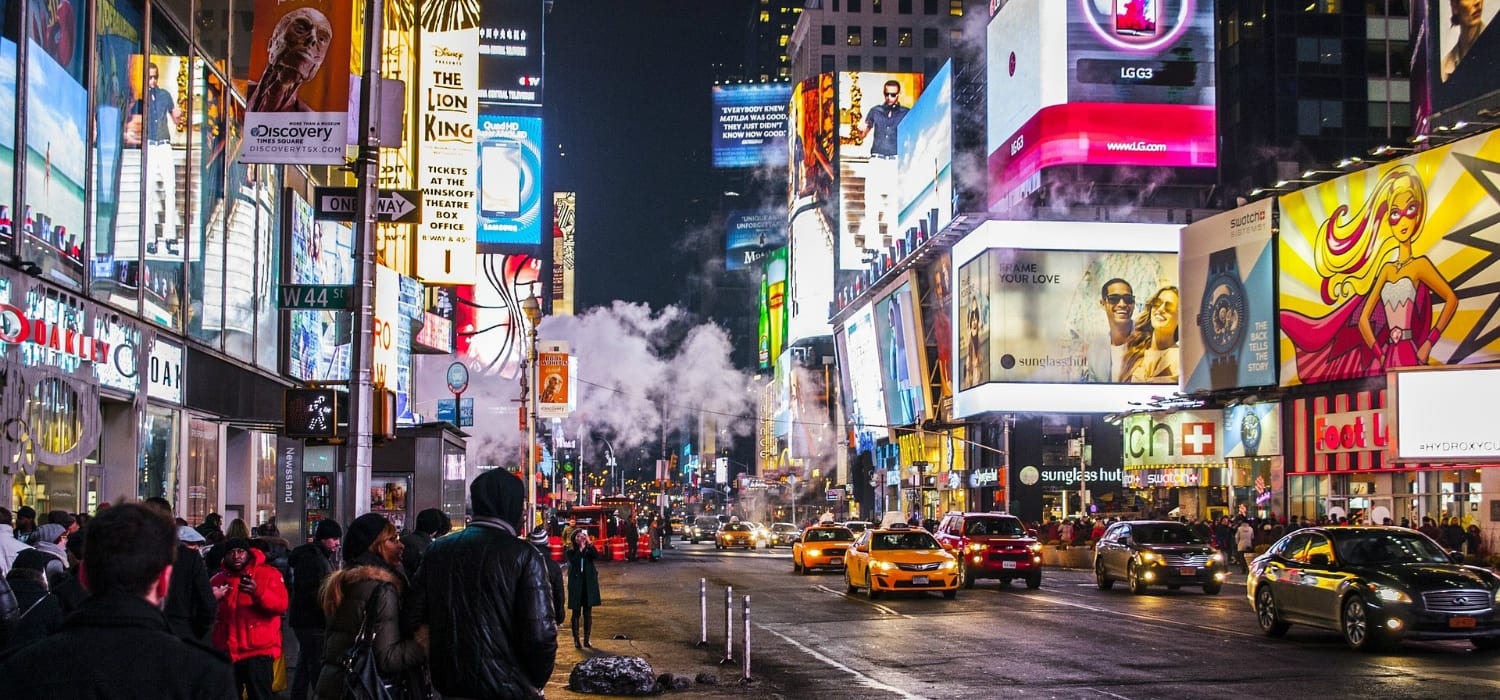One thing that GDPR has done for sure is force our industry to look inward.
“I do believe GDPR was a wakeup call, and not just from a regulation standpoint. It’s shown a spotlight and spurned more inward reflection across the ecosystem.” – Nicole Cosby, Publicis
Everyone—publishers, agencies, and technologies—are now liable for the data they own and the way they use it, and as these players dive into their processes and try to make sense of the new regulation, we’ve learned three things for sure:
- All players want to use data effectively, and without abuse.
- Brand safety in the programmatic world became a tech problem, but it needs a human solution.
- And finally, that we really aren’t talking about just brand safety, we’re talking about transparency.
I had the privilege of hearing some of the greatest minds in advertising speak about them on stage at Advertising Week.
Nicole Cosby, SVP of Standards & Partnerships for Publicis Media; David Szahun, VP of Global Media for American Express; and Joshua Lowcock, EVP and Chief Digital & Innovation Officer for Universal McCann, were all there to talk about the current unpredictable climate of programmatic and what we need to do get to a place where brands truly know where their ads will run.

The good news, there’s definitely been progress of late. As I listened to them speak, three very important themes for the industry emerged.
Real industry standards, more involvement from brands, and ad review are at the core of these themes—the industry is calling for collective initiatives to turn the ship toward clearer waters.
Real industry standards—beyond blacklists and whitelists.

If we’re going to get to effective brand safety, the industry will have to move beyond blacklists and whitelists as a fail-safe. Brands should clearly define what’s brand appropriate for them—which also means clearly defining how they will respond when mistakes happen and consumers send nastygrams.
“Brand safety will never be 100% perfect. We have to accept that it’s always going to be 99.9%, but it’s about how you respond, investigate, and hold the industry responsible for better standards.”
“The challenge brands face is how far they move down the whitelist on programmatic. Where is the optimal ROI on all of that? Then it becomes about other things than brand safety.”
– Joshua Lowcock, Universal McCann
Cosby expanded the conversation to include today’s limits to brand safety, and the limits to today’s definition. It used to just be fraud, now it’s domain spoofing and other issues with real implications to an advertisers and marketers bottom line.
Blacklists and whitelists might solve the problem, but at what cost? Brands still need to scale.
“Programmatic is scale in and of itself. We placed on our SSP, and every adtech partner, a standard where we’re looking for them to be as transparent as possible throughout every link in the chain,”
Nicole Cosby, Publicis
She went on to say that the industry needs to build tiers of quality. Then, advertisers can determine which material they want to run against based on tier.
Brand definitions of what brand safety really means for them by working to define the grey areas.

The first step to brands being able to truly define what brand safety means for them is becoming better educated and more involved in the process.
“Brands think they’re involved now, but it’s at varying levels and there will always be varying levels. Some wholly rely on the agency to do everything for them, and that’s a different spectrum from those who are engaged and involved with building their tech stack.
“Some brands are involved enough in the process, but approach the agency with a very tight whitelist and tight parameters—and exhorbitant impressions goals.”
– Nicole Cosby, Publicis
She went on to say that agencies need to provide brands with foundational knowledge to decipher all the noise around brand safety and transparency so this doesn’t happen. If she got her wish, it would be having a vastly more educated client and marketer that was greatly focused on transparency and privacy.
David Szahun brought the brand perspective to the table—and he agrees. There’s not enough clarity around the grey areas.
“It’s not just about, ‘is my ad going to appear somewhere supporting terrorism?’ We all know we don’t want that. What about the grey areas? We have to work to define these things.
Right now our research shows that effectiveness is more about mindset, not context. This is something we’re very interested in and trying to learn more about.”
– David Szahun, American Express
He went on to say that they expect their agency and technology partners to be on the brand safety journey with them. If his team feels comfortable with where their ads are running, they understand that solving this problem is an ongoing process and there may be some bumps.
Time for ads to be reviewed before they run.

Many players in the industry have put either human or technology-based review processes in front of ads before they run, but in order to be effective, those review processes need time.
“Publishers and platforms should be taking responsibility for their monetization decisions. We’ve solved this with human moderators making decisions about what needs to be published.
If we’re going to have human moderators review content before ads run, then there has to be enough time between ads running and artificial intelligence (AI) and humans looking at it.” – Joshua Lowcock, Universal McCann
Lowcock went on to say, the issues that do happen, happen because people choose to monetize immediately other than giving time for technology and people to check that that content is safe.
Finally, advertising needs to be a privilege, not a right.

As they wrapped up the discussion, an interesting point floated to surface aside from the need for more standards, controls and enforcement of those standards:
“We need standards and controls. They should define who has the privilege to be supported by advertising. Advertising should be a privilege, not a right.”
– Joshua Lowcock, Universal McCann
It was Joshua’s opinion that the democratizing of publishing and the idea that anyone can advertise is what created these problems.
“Things don’t change because there’s an election, but requirements from publishers need to change to identify what can be political or not. For example, a brand that supports students could all the sudden become a political advertiser if education is a hot election issue.”
– Joshua Lowcock, Universal McCann
Brand safety needs to be at the forefront of every agency-client relationship. While the industry has certainly grown more aware about theses challenges, there is room for improvement.
Industry standards, brand involvement, and the need for effective ad review will get brands to a place where they will know where there ads are running and still achieve the scale they desire.